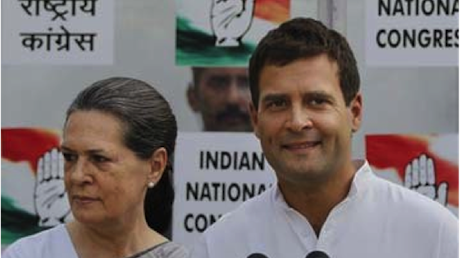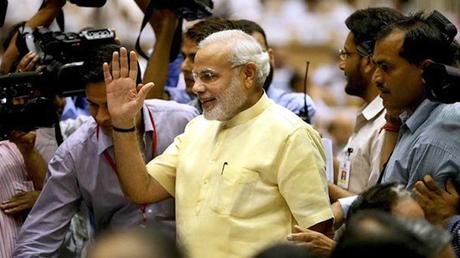Listen to Professor Amitabh Mattoo's address, recorded at the Australia India Institute in February 2014
Three years ago, India witnessed its version of the Arab spring in the fiercest extra-parliamentary movement against corruption in its history as an independent nation. We are now seeing the electoral dividends of the movement that many had begun to write off as yet another failed attempt at reforming a robust but increasingly tainted political system.
The Aam Aadmi (common man's) Party, a byproduct of the protests of 2011, has emerged as the second-largest party in the state elections in the capital, Delhi, and could potentially break the mould of Indian electoral politics. Many view Aam Aadmi as a sign of middle-class radicalism, which has captured the imagination of the people in a city-state that represents, more than any other part of the country, a middle-class sensibility and middle-class aspirations.
Caste, religion and traditional political loyalties a well as big money have traditionally played a significant role in elections. But these differences may be less important now than in the past.
The internet, mobile phones, and television may be building a pan-India spirit against outdated politics and traditional parties.In a country of 1.2 billion, with nearly 500 million aged under 25, there seems to be a new awakening, new aspirations and anger towards a system that fails to deliver. Aam Aadmi in Delhi may hence be just the beginning of new national sentiment with India going to the polls in April-May 2014.
The need for more honest politics has become the zeitgeist of an anti-establishment political culture among India's growing middle class, but it could soon become the political aspiration for the entire nation.





